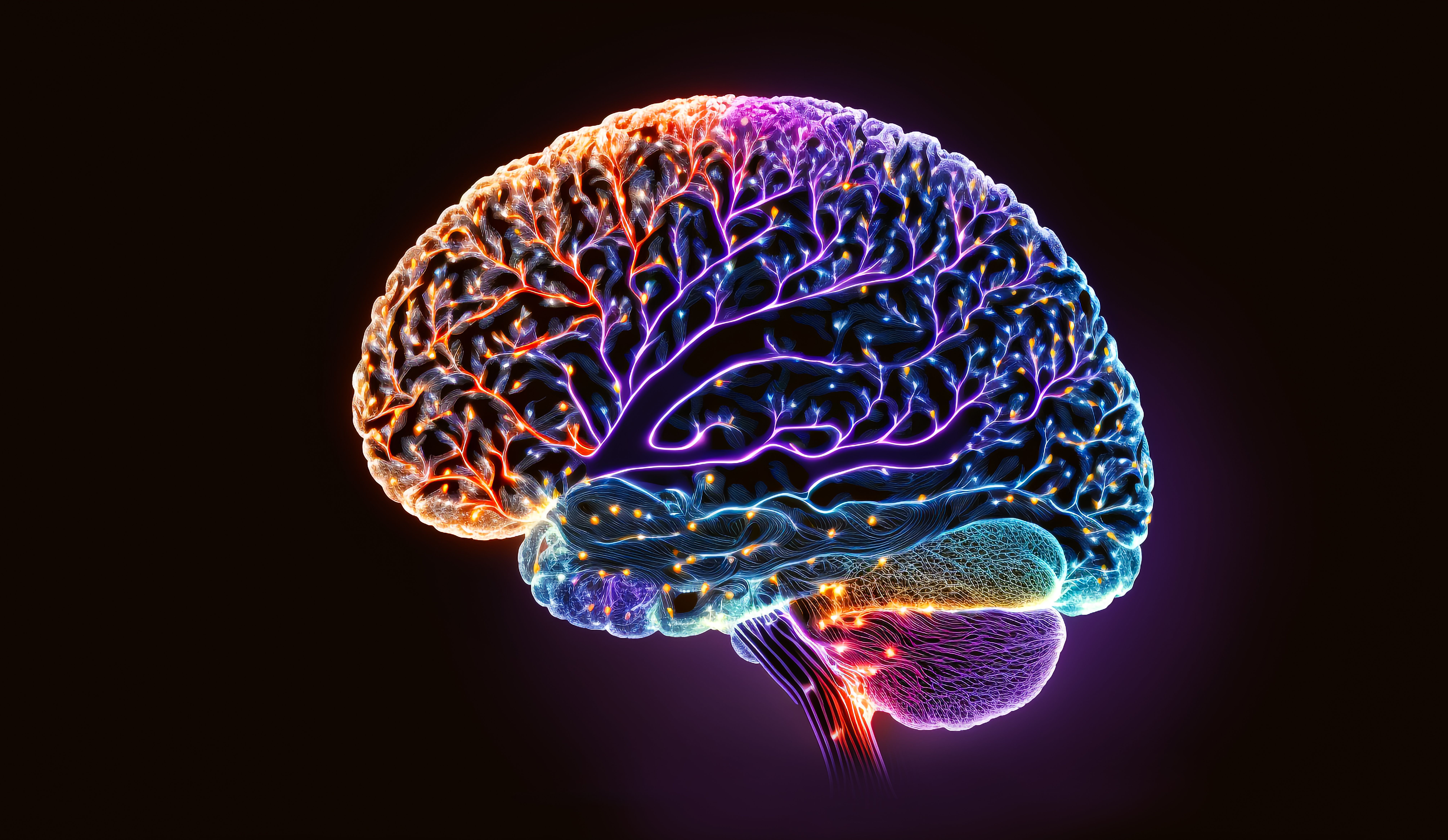News
Article
Deep Brain Stimulation May Benefit Patients With Alzheimer Disease, But More Research Is Needed
Author(s):
Patients who receive stimulation at different parts of the brain may reap benefits.
Deep brain stimulation (DBS) might improve symptoms of Alzheimer disease (AD), according to a recent systematic review published in World Neurology. While considered a safe and tolerable treatment option, efficacy findings were variable, and researchers cannot make definitive conclusions.
“As our understanding of AD and cognition deepens, targeted DBS interventions hold promise as a therapeutic strategy for this debilitating disease,” study authors wrote in the report.
In the United States, AD is 1 of the top 10 leading causes of death; more than 6 million people in the US have AD, and 12 million are estimated to have it by 2050. Symptoms include memory loss, a gradual decline in cognitive function, and becoming unable to participate in activities of daily living (ADLs); additionally, the disease is associated with a high financial burden.
In the United States, AD is 1 of the top 10 leading causes of death; more than 6 million people in the US have AD, and 12 million are estimated to have it by 2050. Image Credit: © PhotoGranary - stock.adobe.com

There are pharmacologic agents for AD, but it is still an irreversible disease. Some evidence suggests that targeting certain regions of the brain (associated with AD pathology) using DBS can reducing symptoms of cognitive decline, and more literature is emerging on the subject.
In this study, researchers performed a systematic review of 14 human studies to evaluate the efficacy of DBS on different regions of the brain; 7 studies (6 cohorts) assessed the efficacy of DBS that targets the fornix (DBS-f), 6 studies (3 cohorts) looked at the nucleus basalis of Meynert (NBM), and 1 study assessed DBS that targeted the ventral striatum (VS). Follow up ranged between 3 and 24 months.
The Mental State Examination (MMSE), Montreal Cognitive 109 Assessment (MoCA), Clinical Dementia Rating (CDR), and Clinical Dementia Rating scale Sum of Boxes (CDR-SB) were used to evaluate cognition.
Of 4 studies that evaluated DBS-f for patients with mild to moderate disease and 2 that evaluated patients with severe disease, DBS-f treatment was generally associated with better cognition and reduced rates of cogitative decline in adults aged 65 years and older, but results are mixed.
In 1 study, DBS-f improved brain connectivity, activated memory circuits, and modulated the default mode network at 12 months in patients with mild disease, however a separate study of mild condition showed no significant benefits. Patients with severe disease generally did not have significant cognitive improvements either.
Among the studies which looked at DBS-MBN, there were variable changes in cognitive performance, based on scores from exams such as the MMSE. Some of these studies indicate that the benefits might be different depending on age and disease severity (older and more severe were less likely to receive benefits). In the sole study which evaluated DBS for VS, approximately 66% of patients with mild to moderate disease had better executive and behavioral functions after a year and a half of stimulation. Only 3 patients were involved in this study, and this may limit validity.
The systematic review contains other limitations aside from small sample size. First, patient responses were not consistent across cohorts. In addition, each method of measuring cognition has limitations, including ceiling effect, reliability, and inaccuracies. Further, investigators did not account for all possible patient characteristics and there was limited follow up.
In further investigations conducted on the subject, study authors write that “future studies must address current methodological limitations and consider a broad range of standardized outcome measures and demographic factors to assess DBS treatment efficacy comprehensively.”
Reference
Picton B, Wong J, Lopez A, et al. Deep Brain Stimulation as an Emerging Therapy for Cognitive Decline in Alzheimer’s Disease: Systematic Review of Evidence and Current Targets. World Neuro. 2023. doi:10.1016/j.wneu.2023.12.083.






